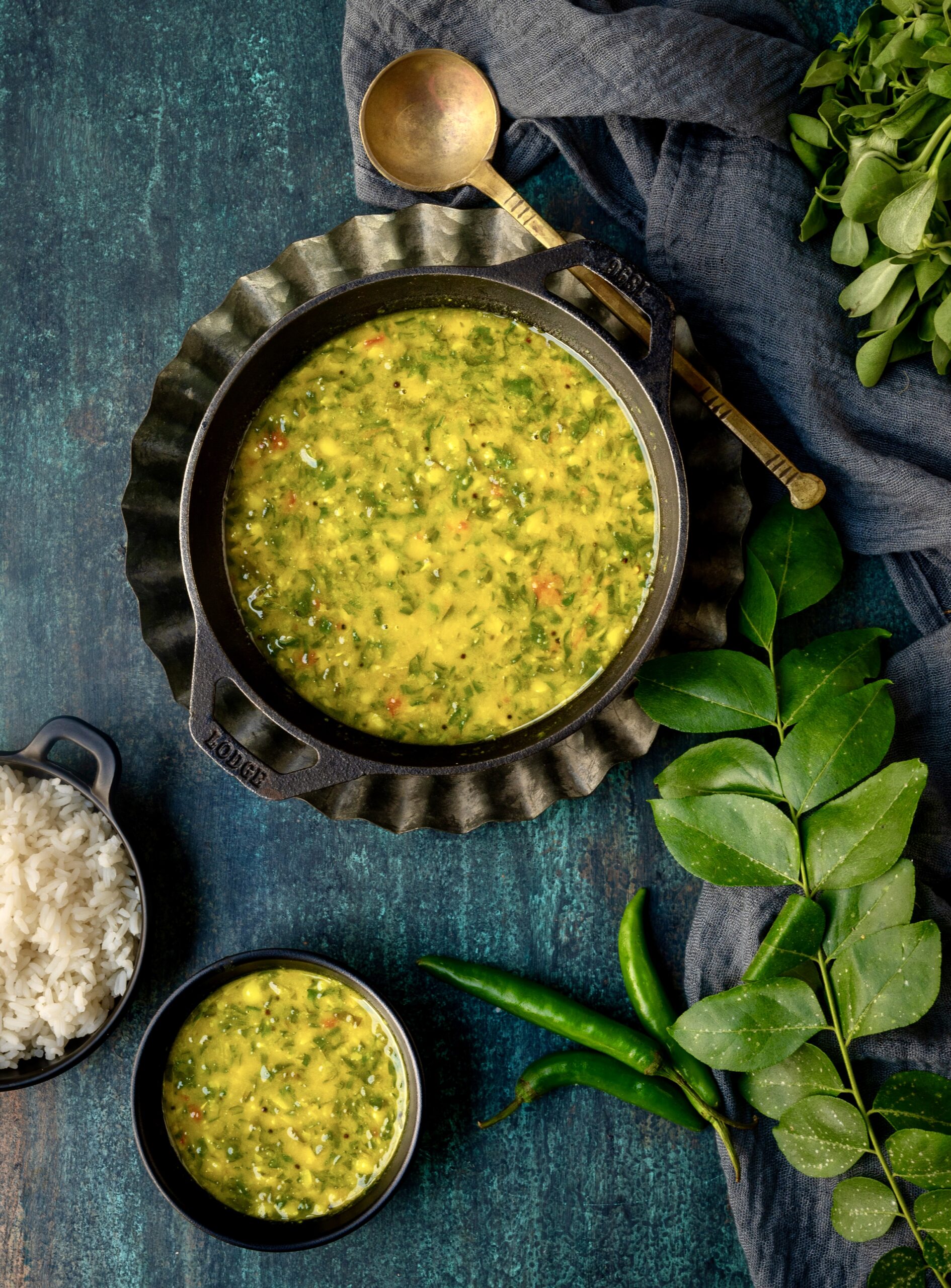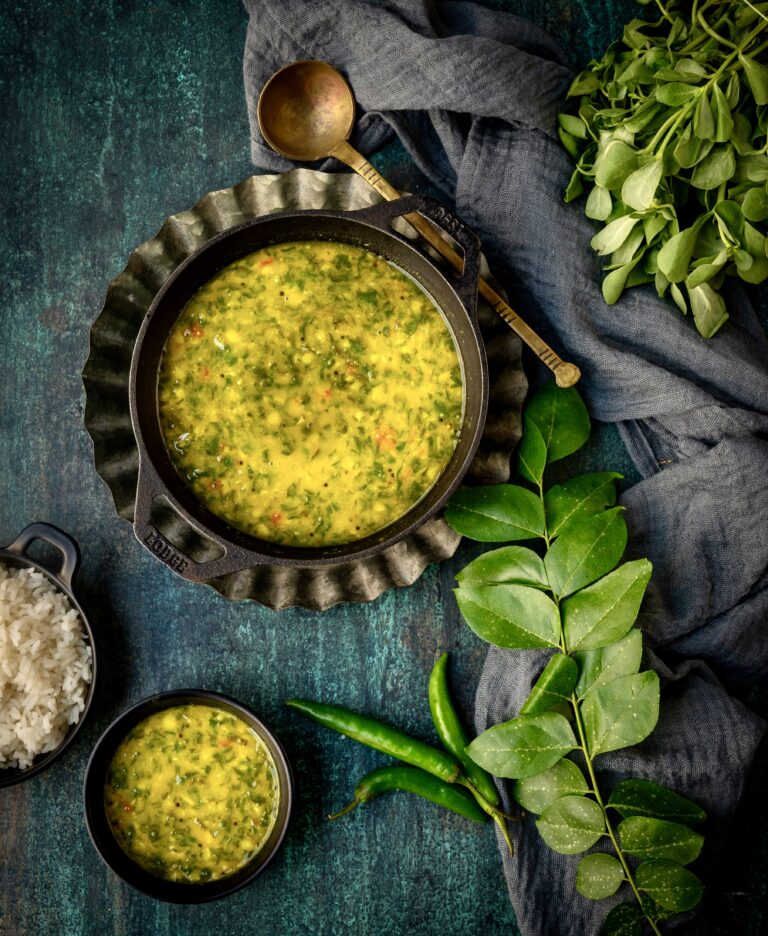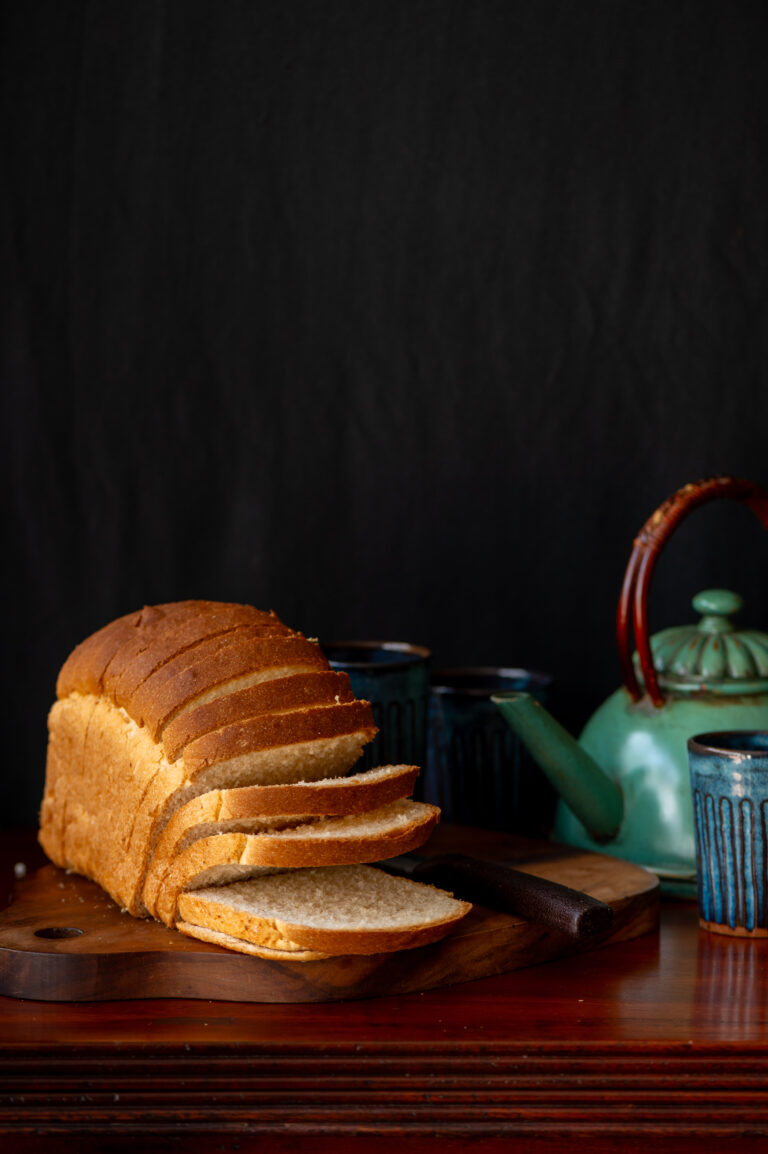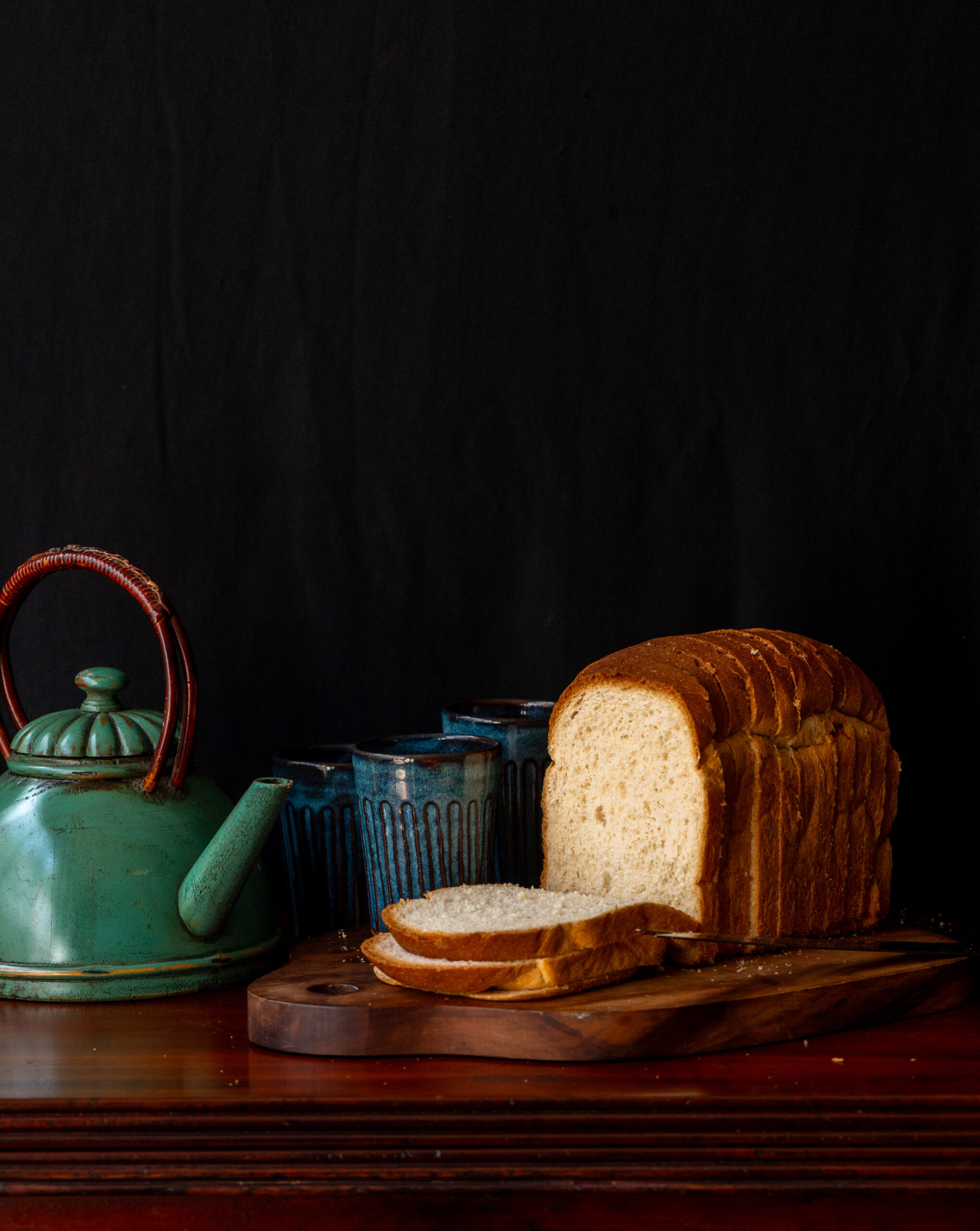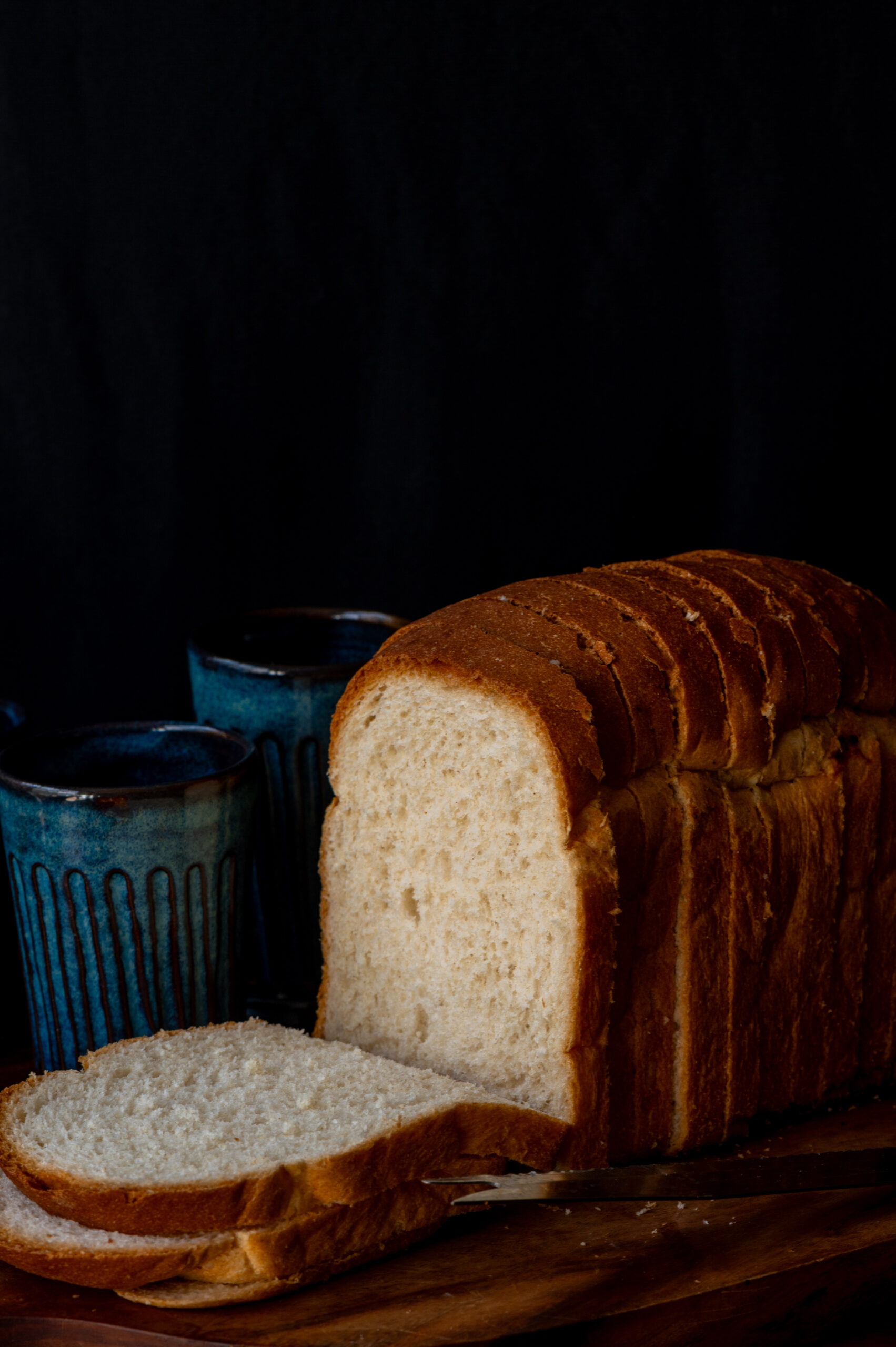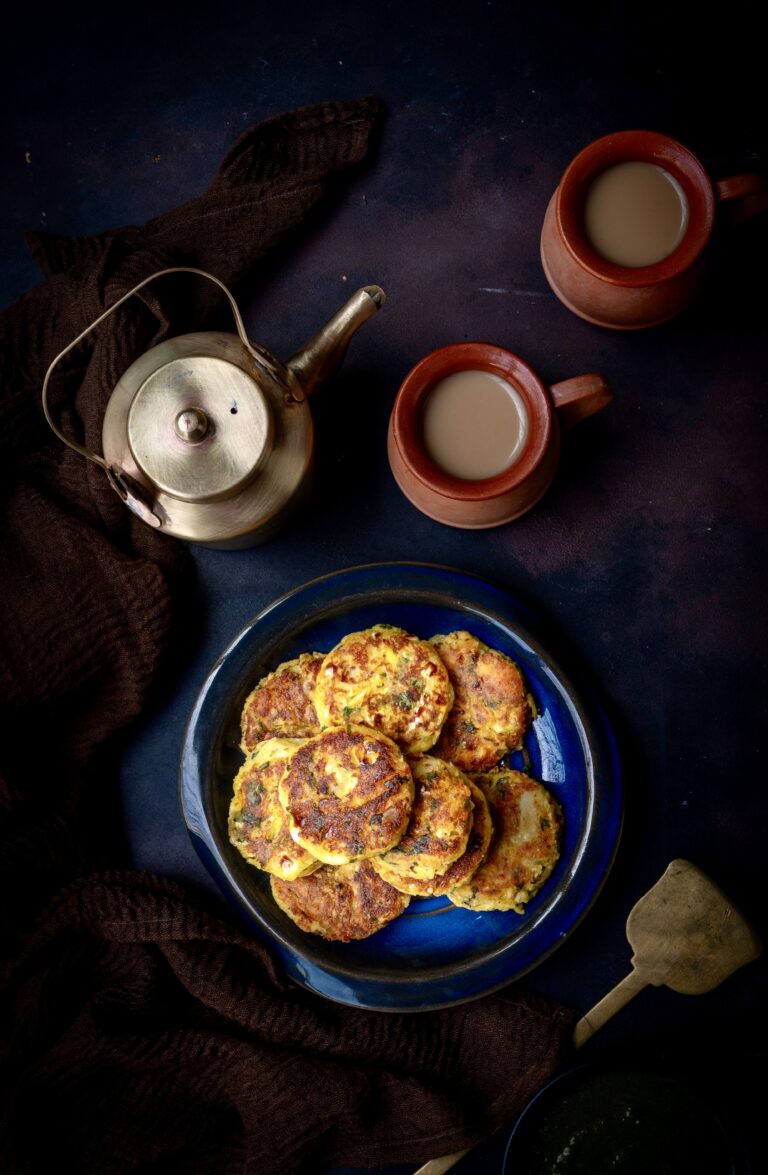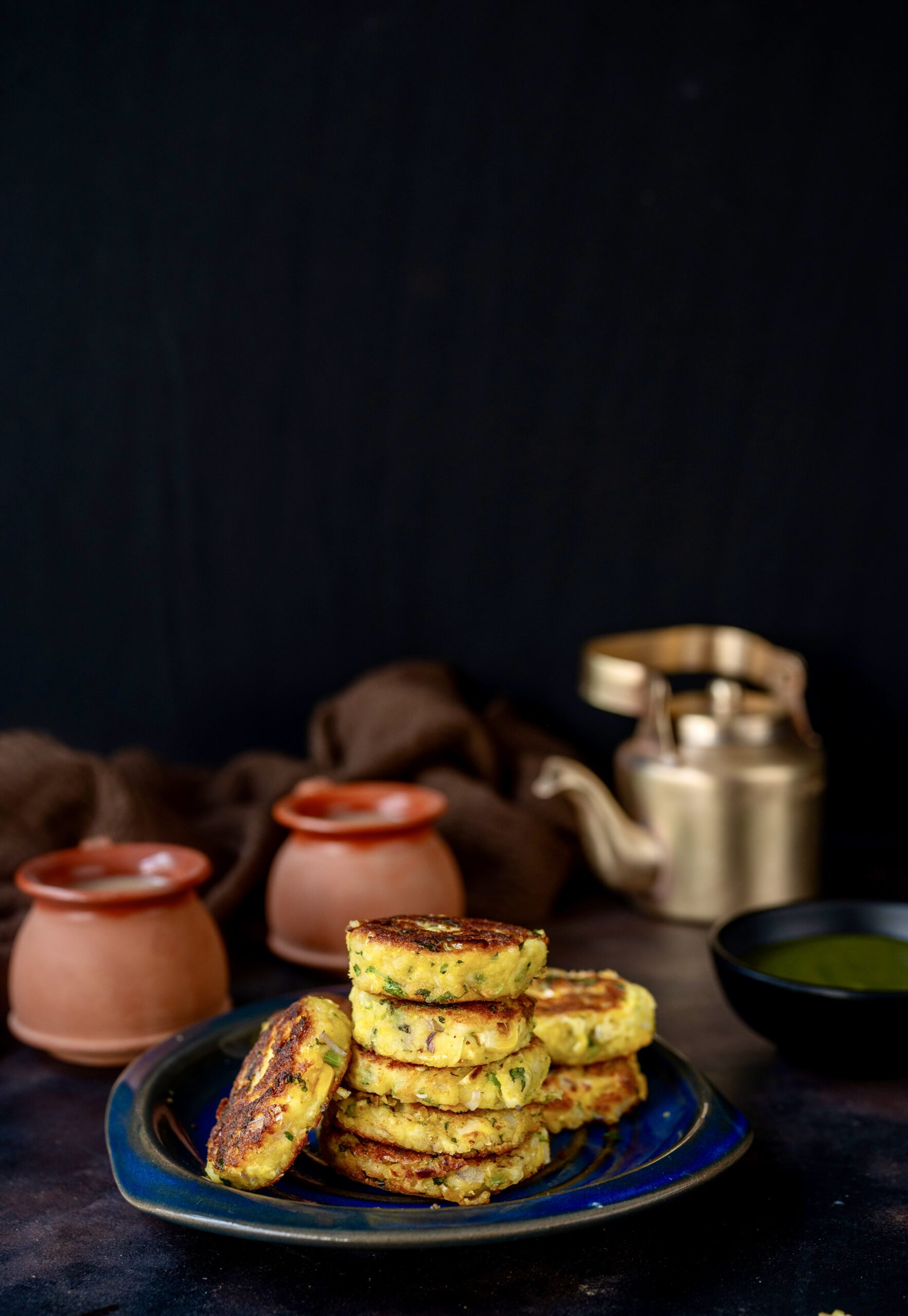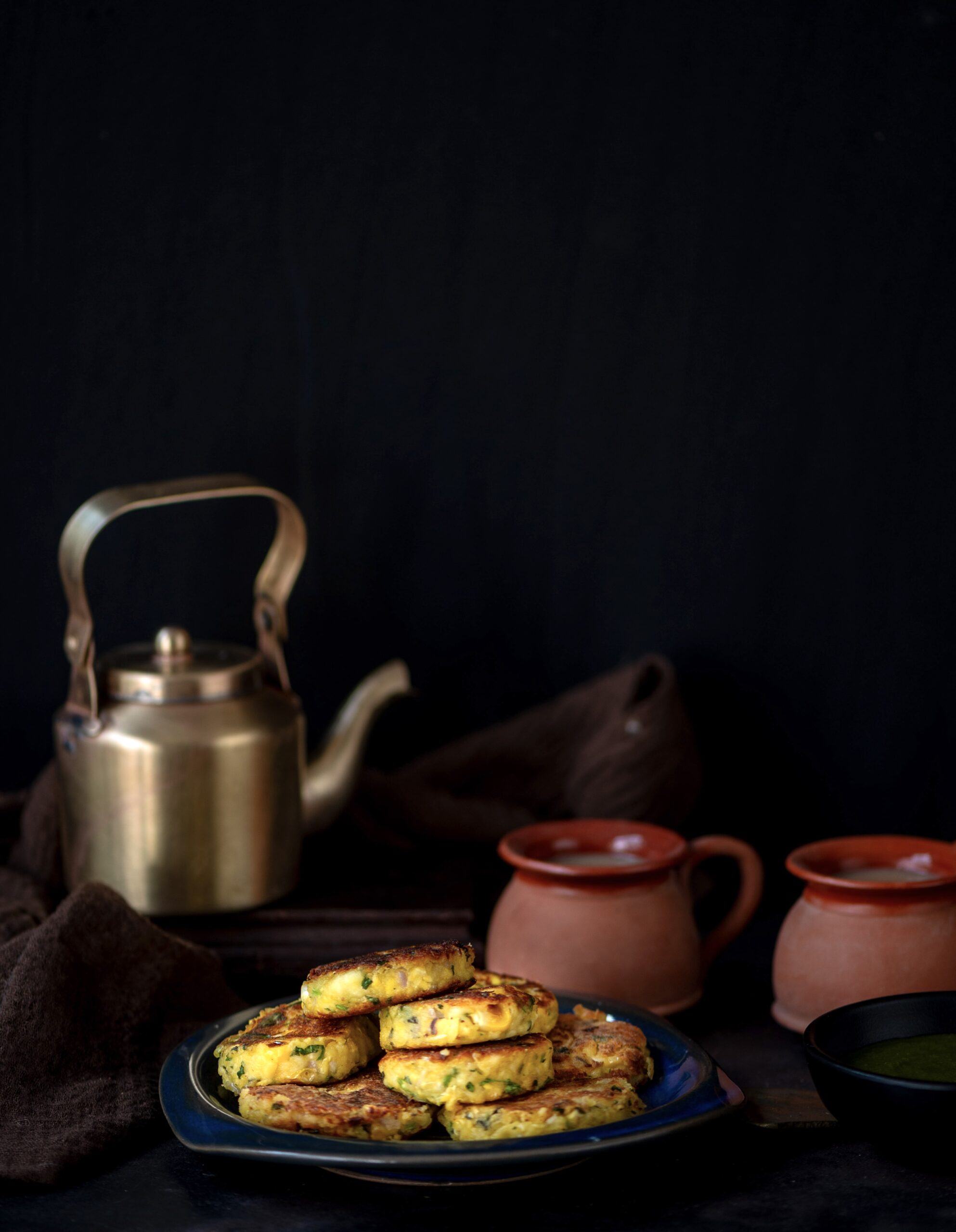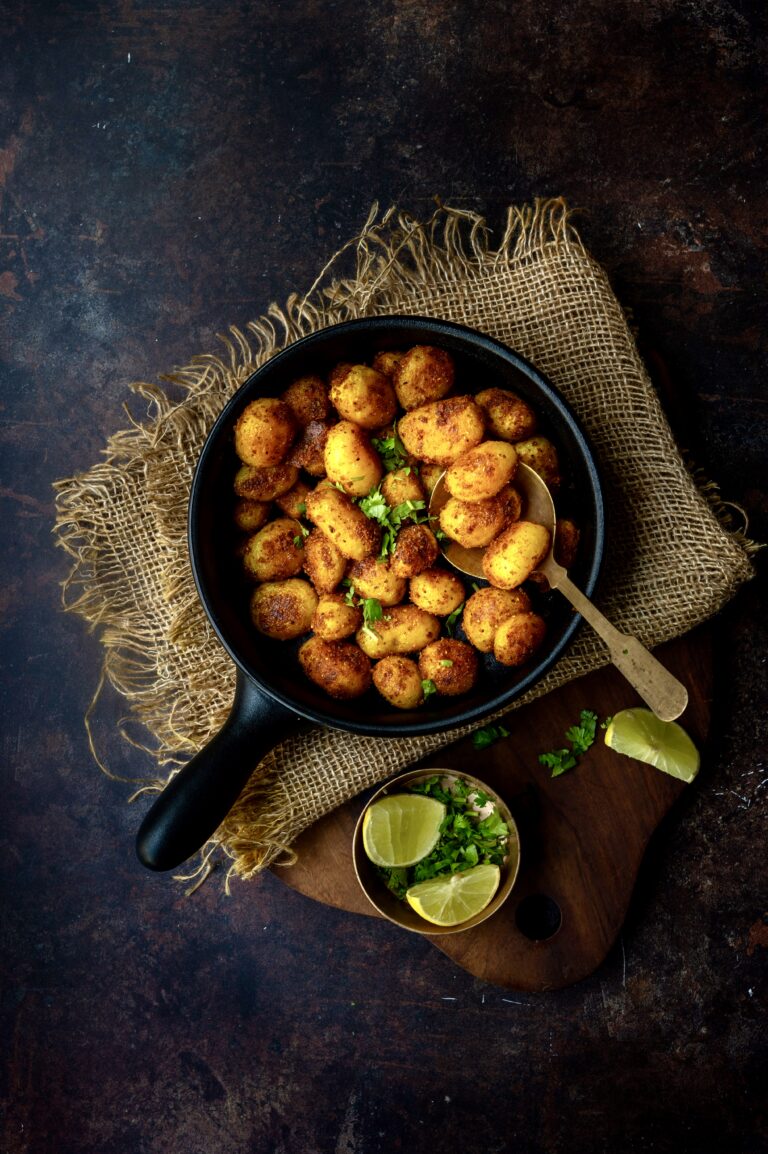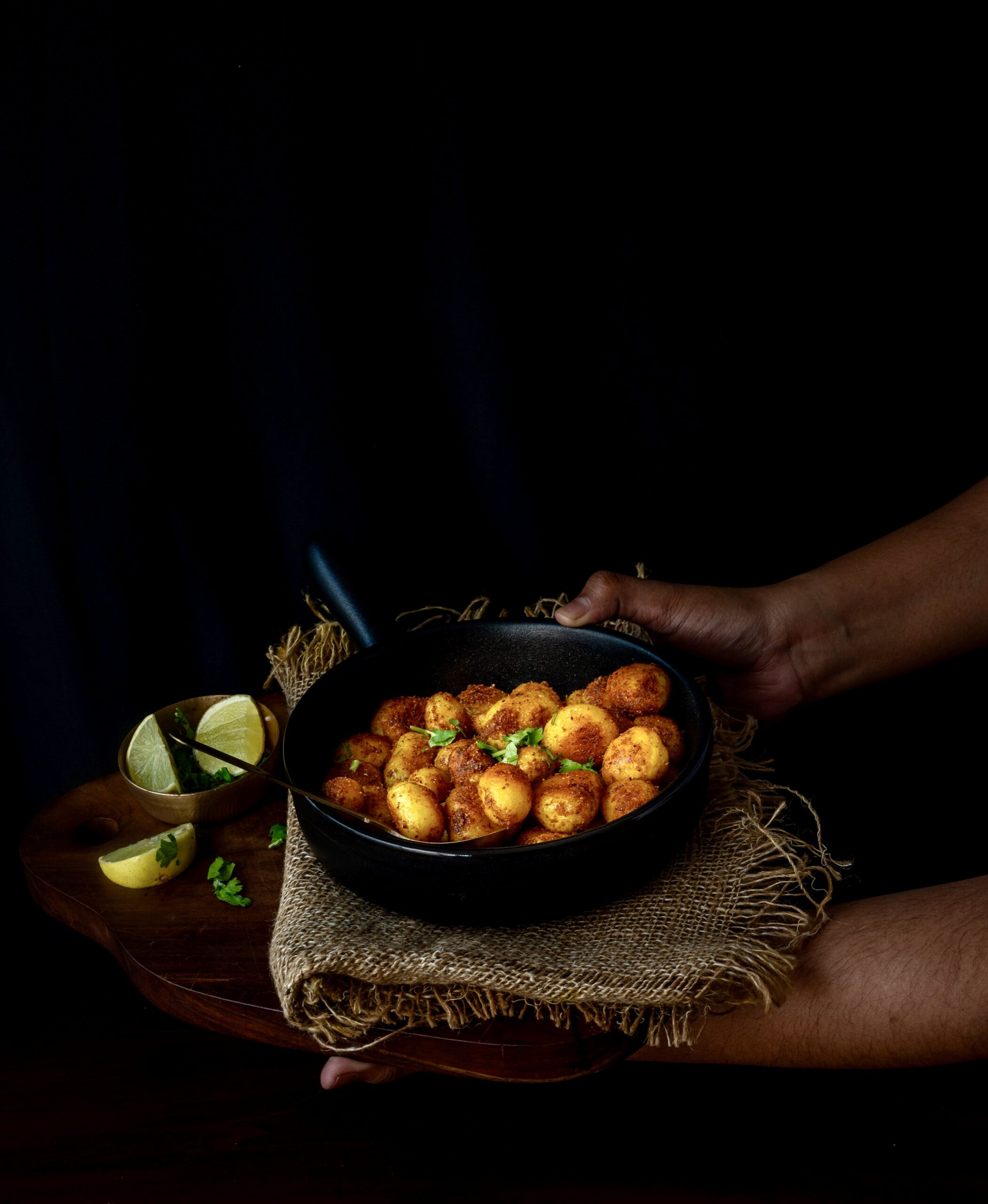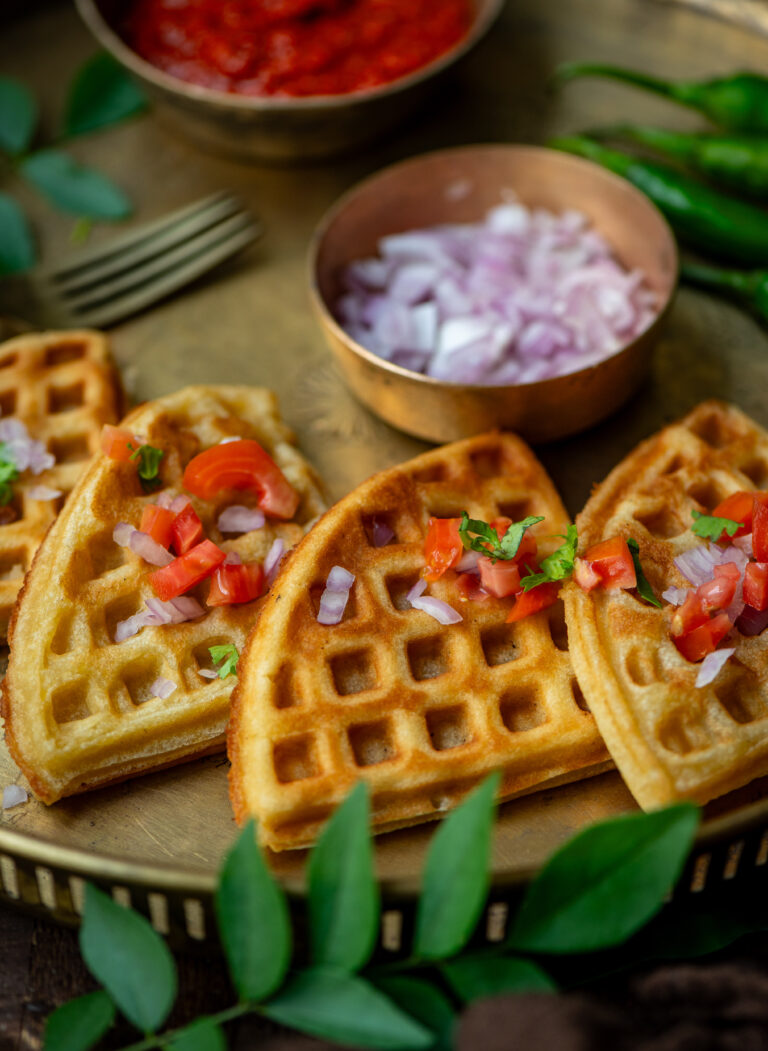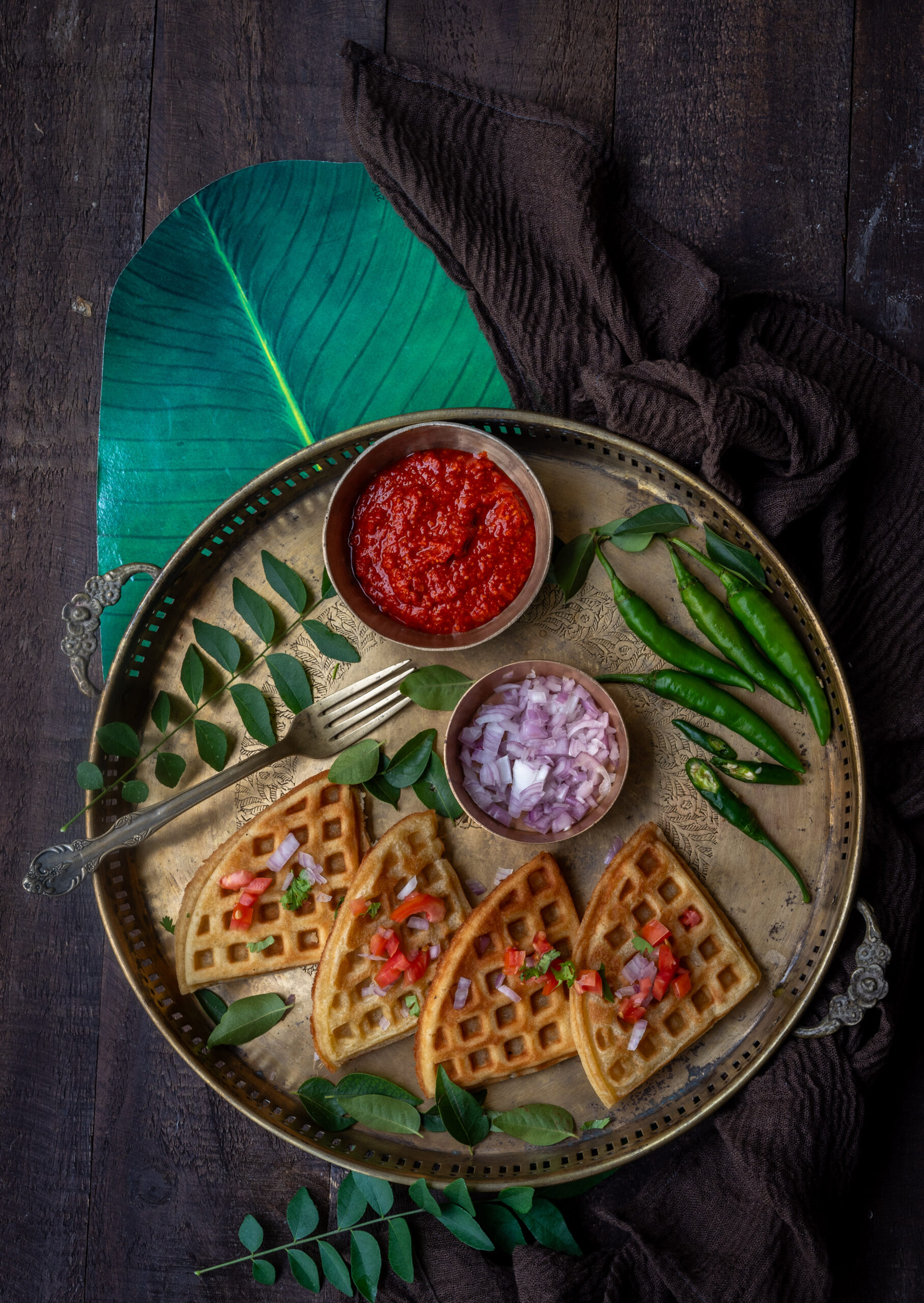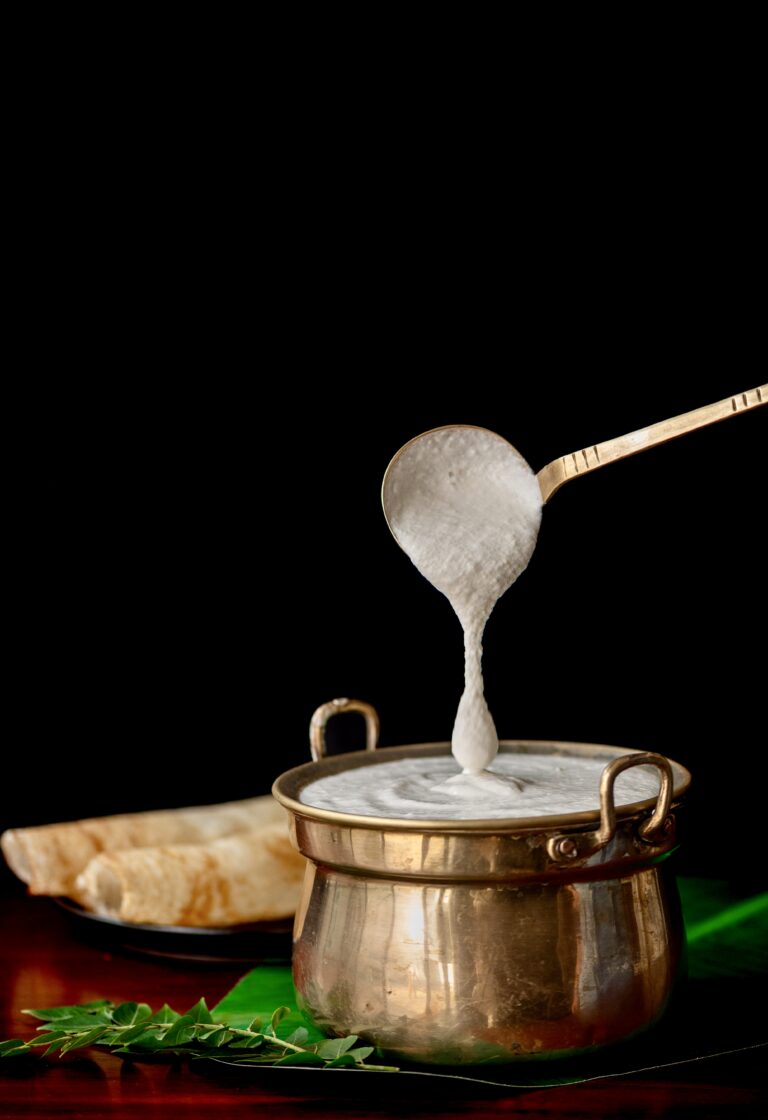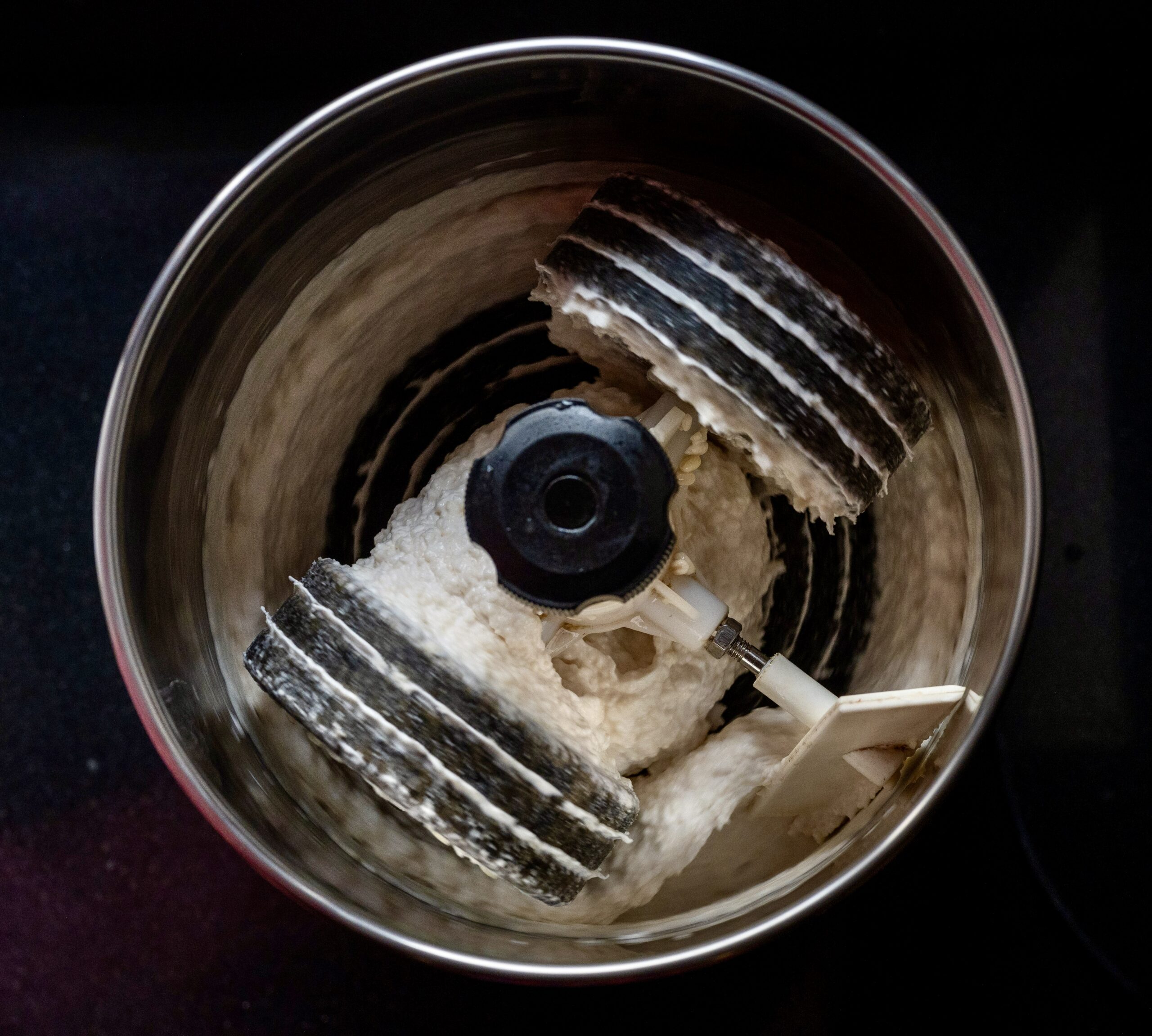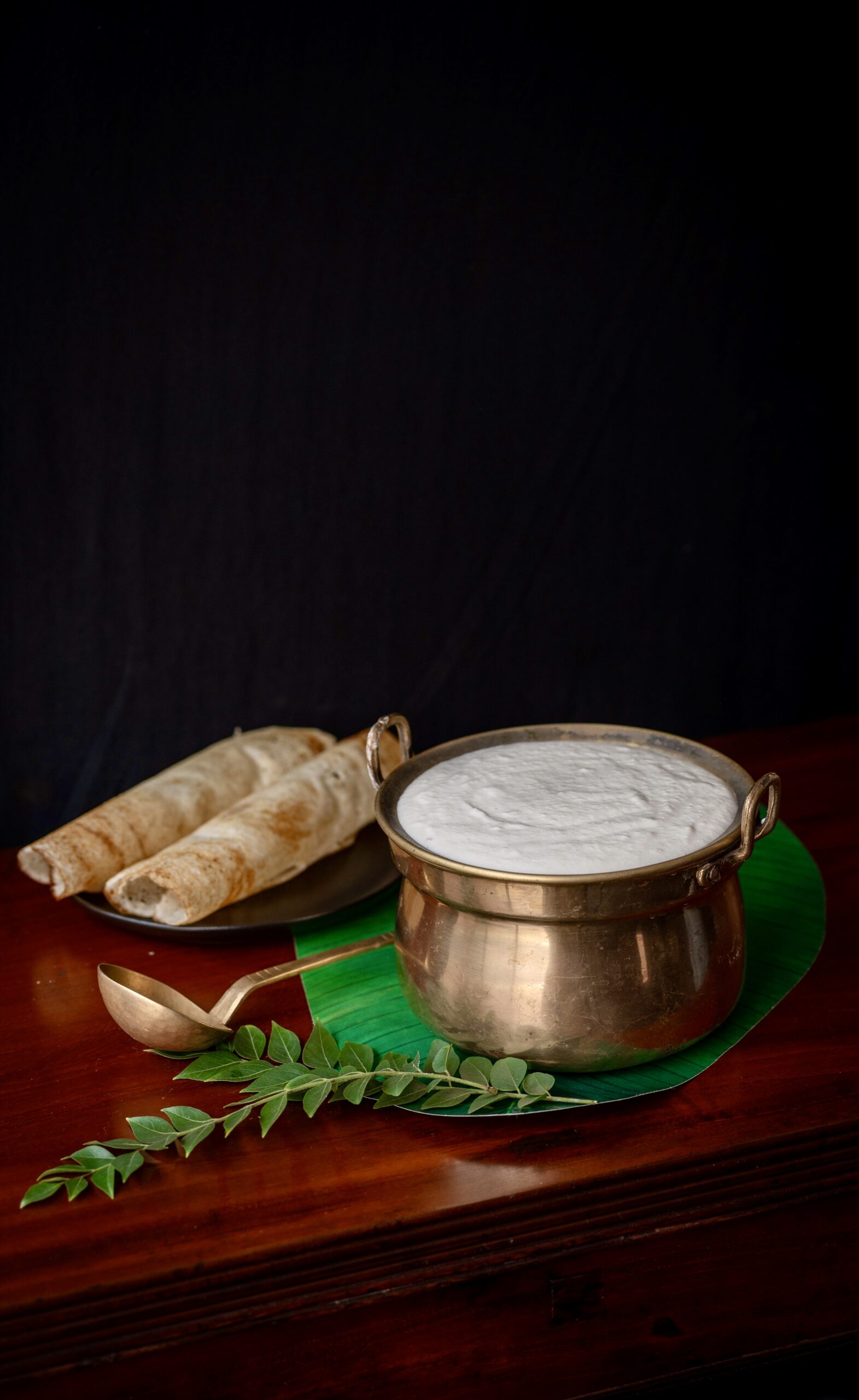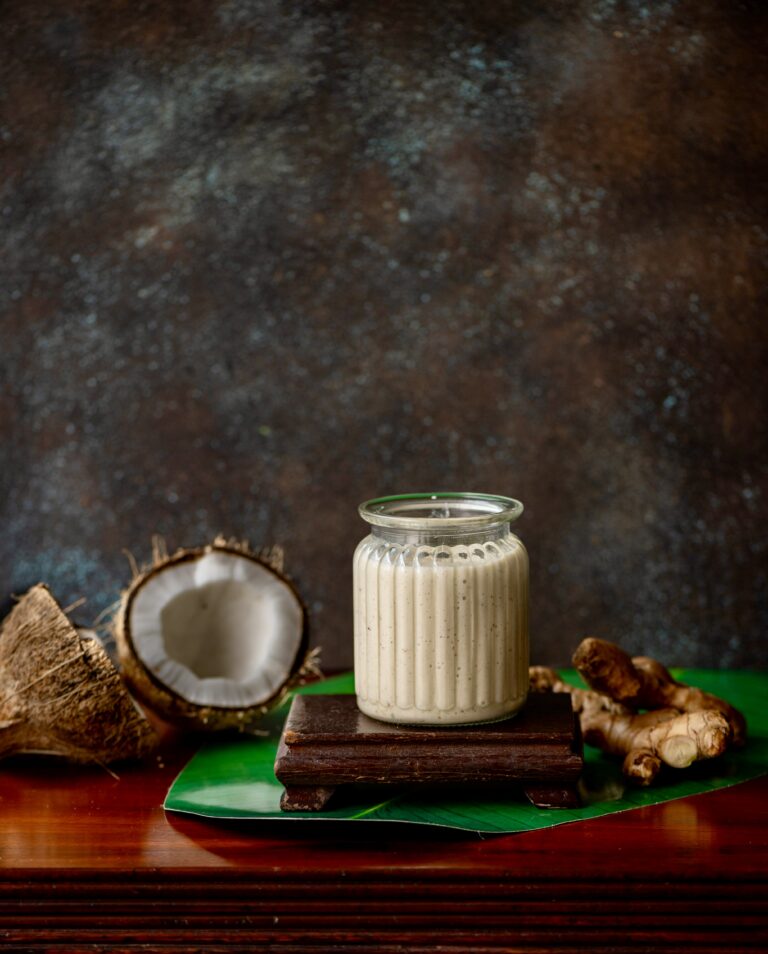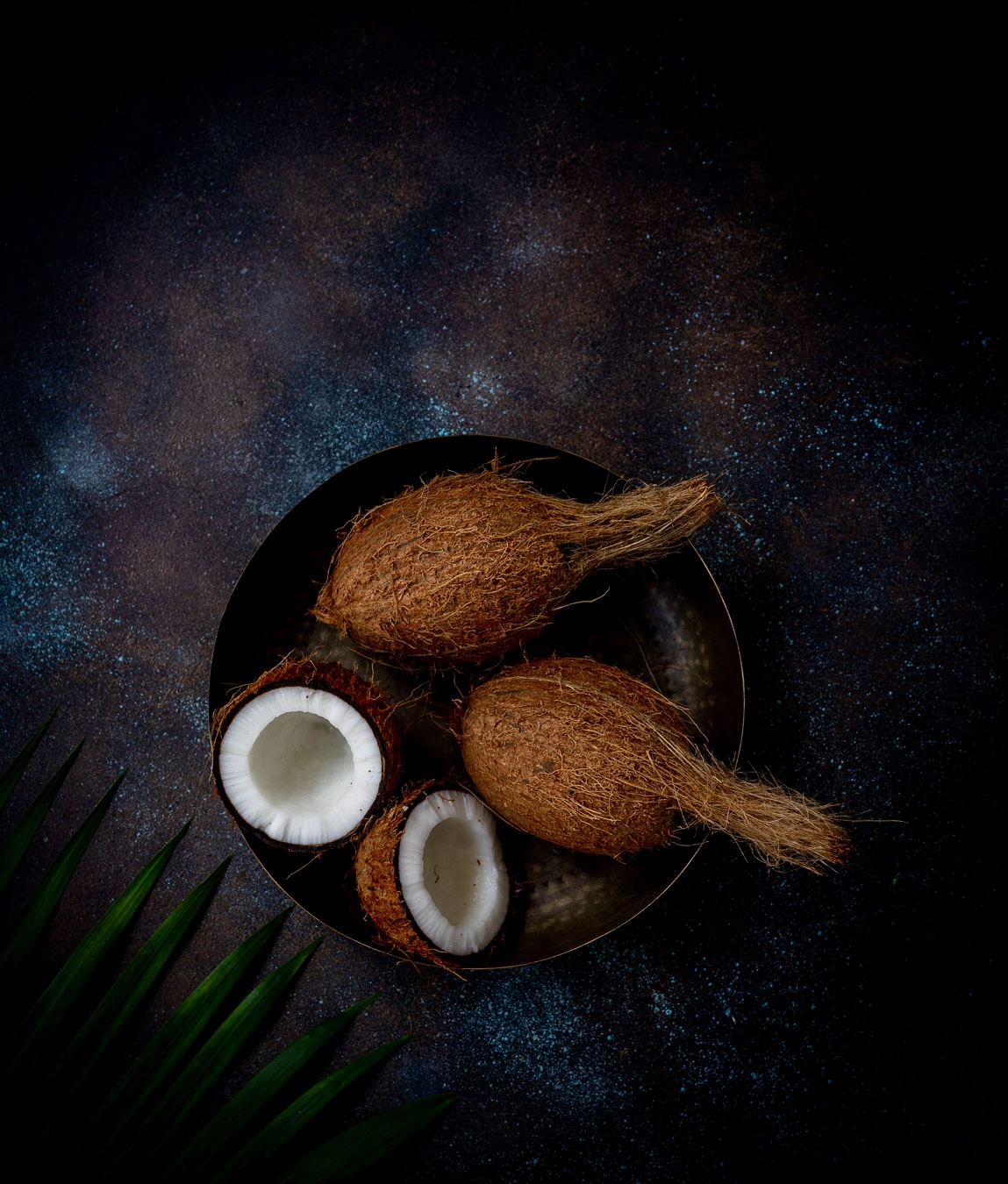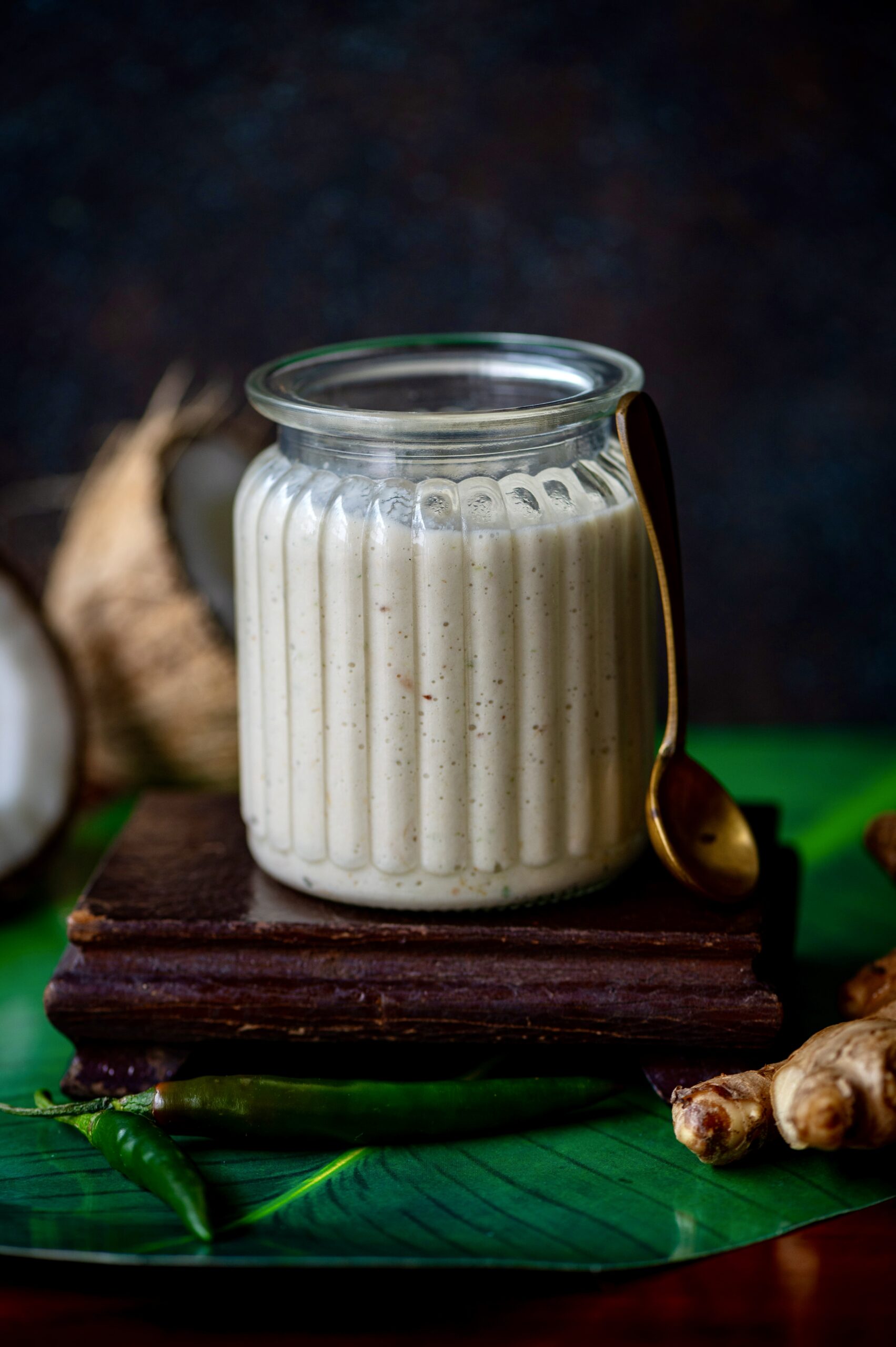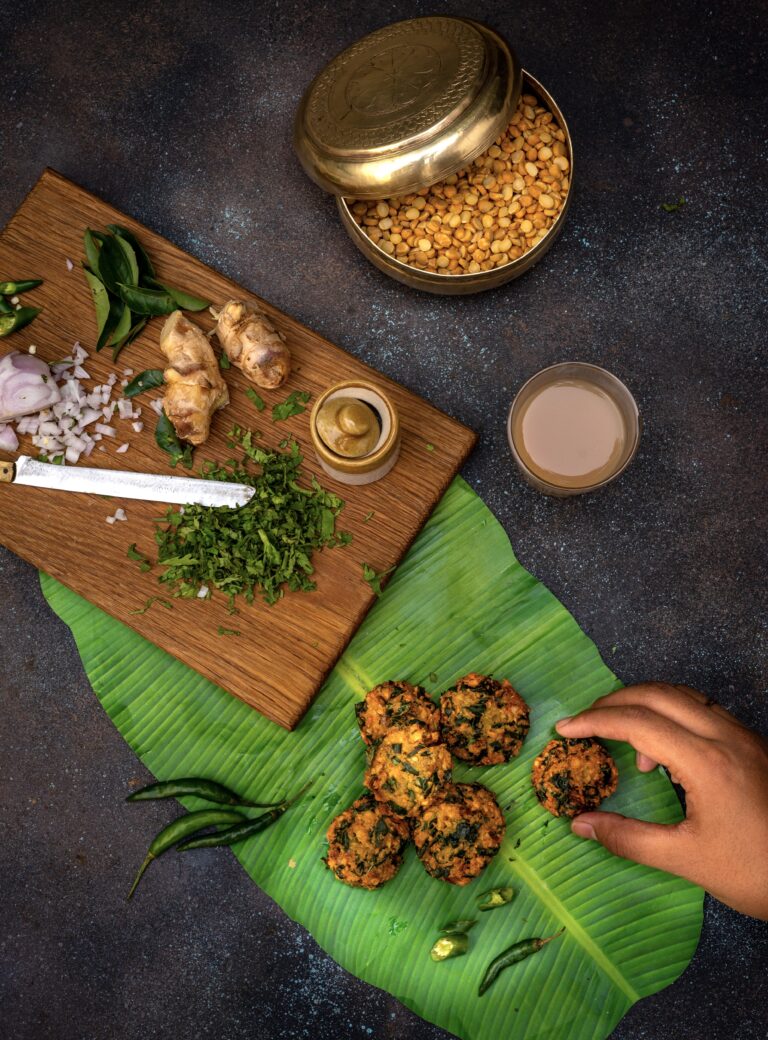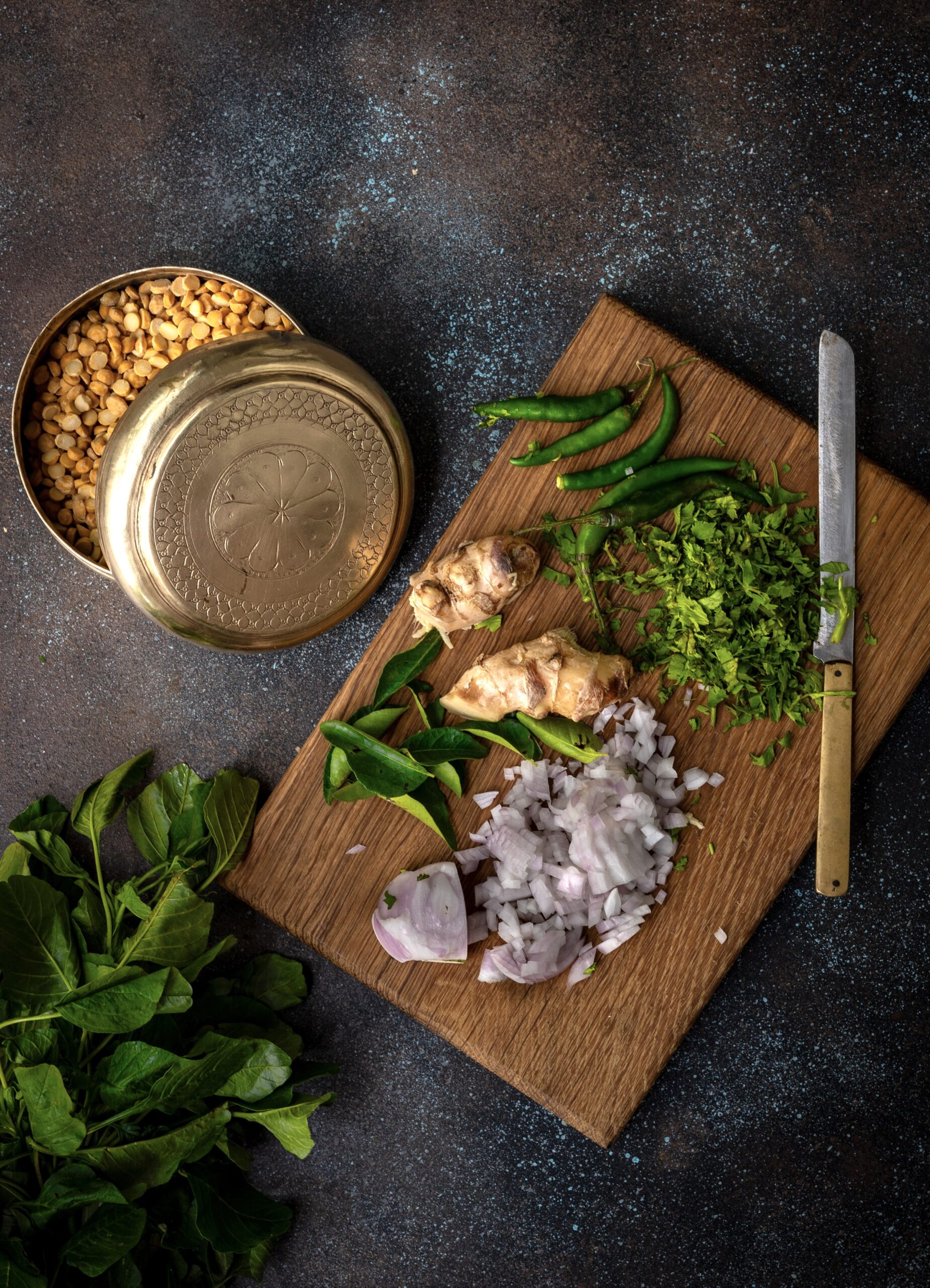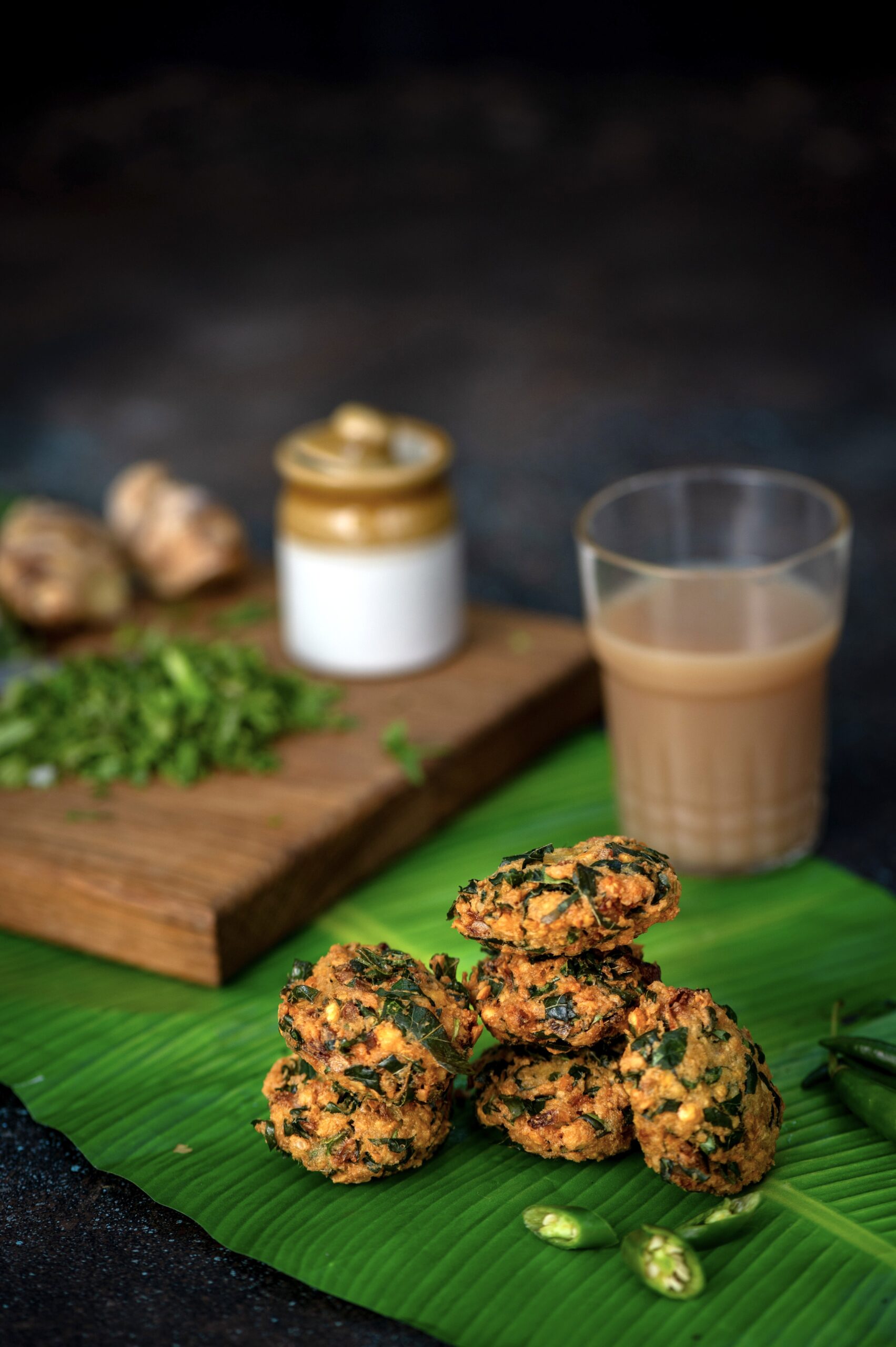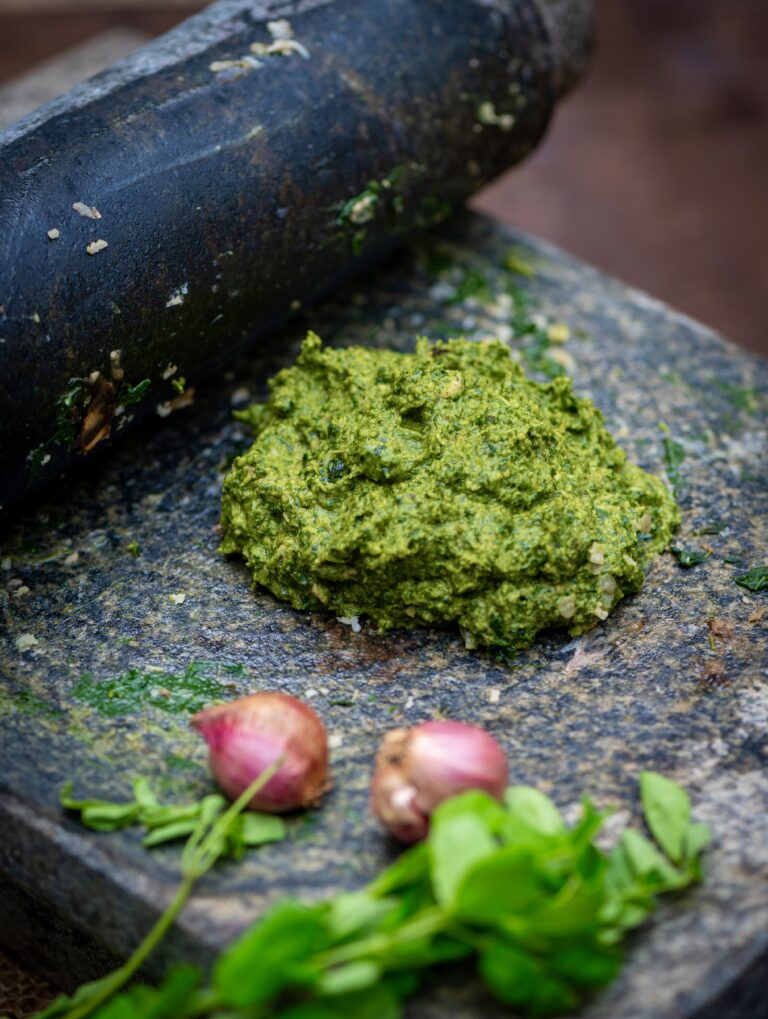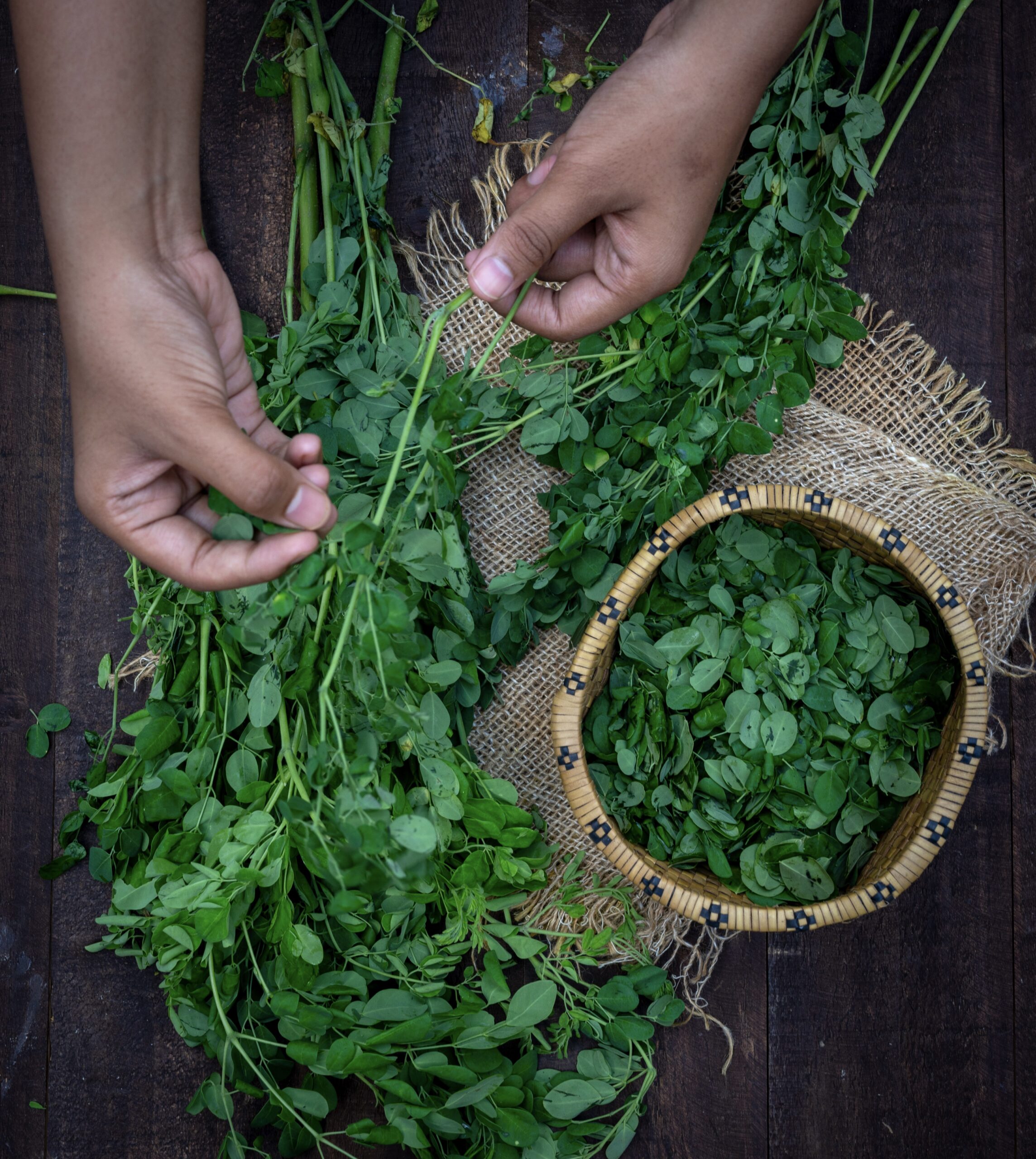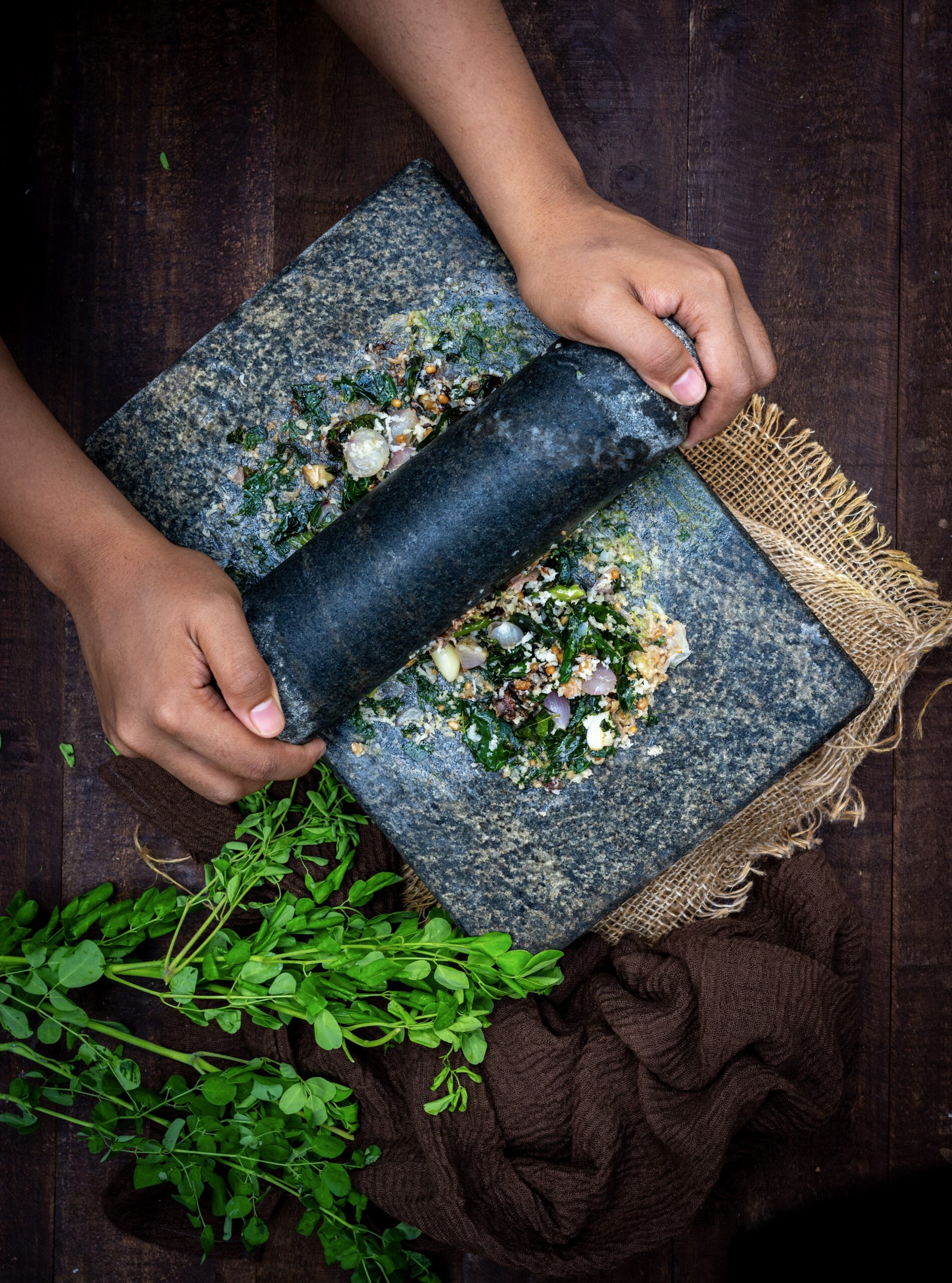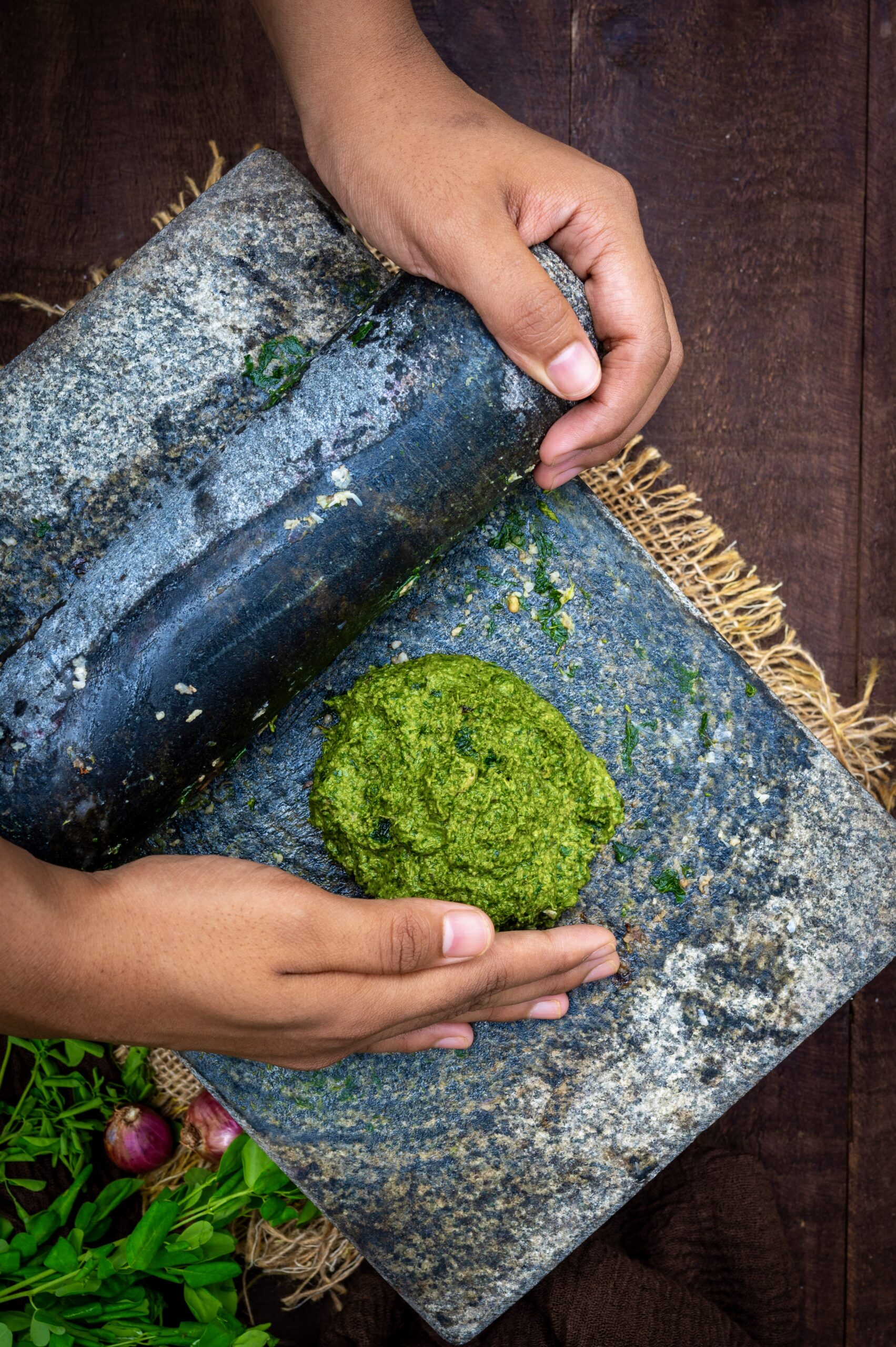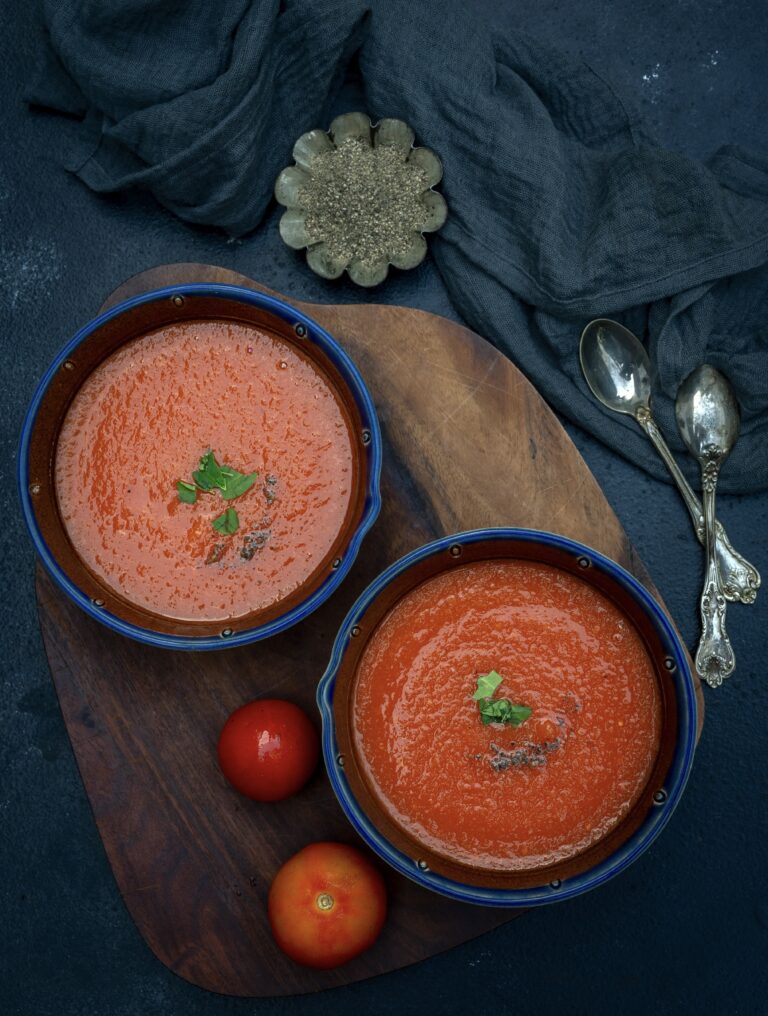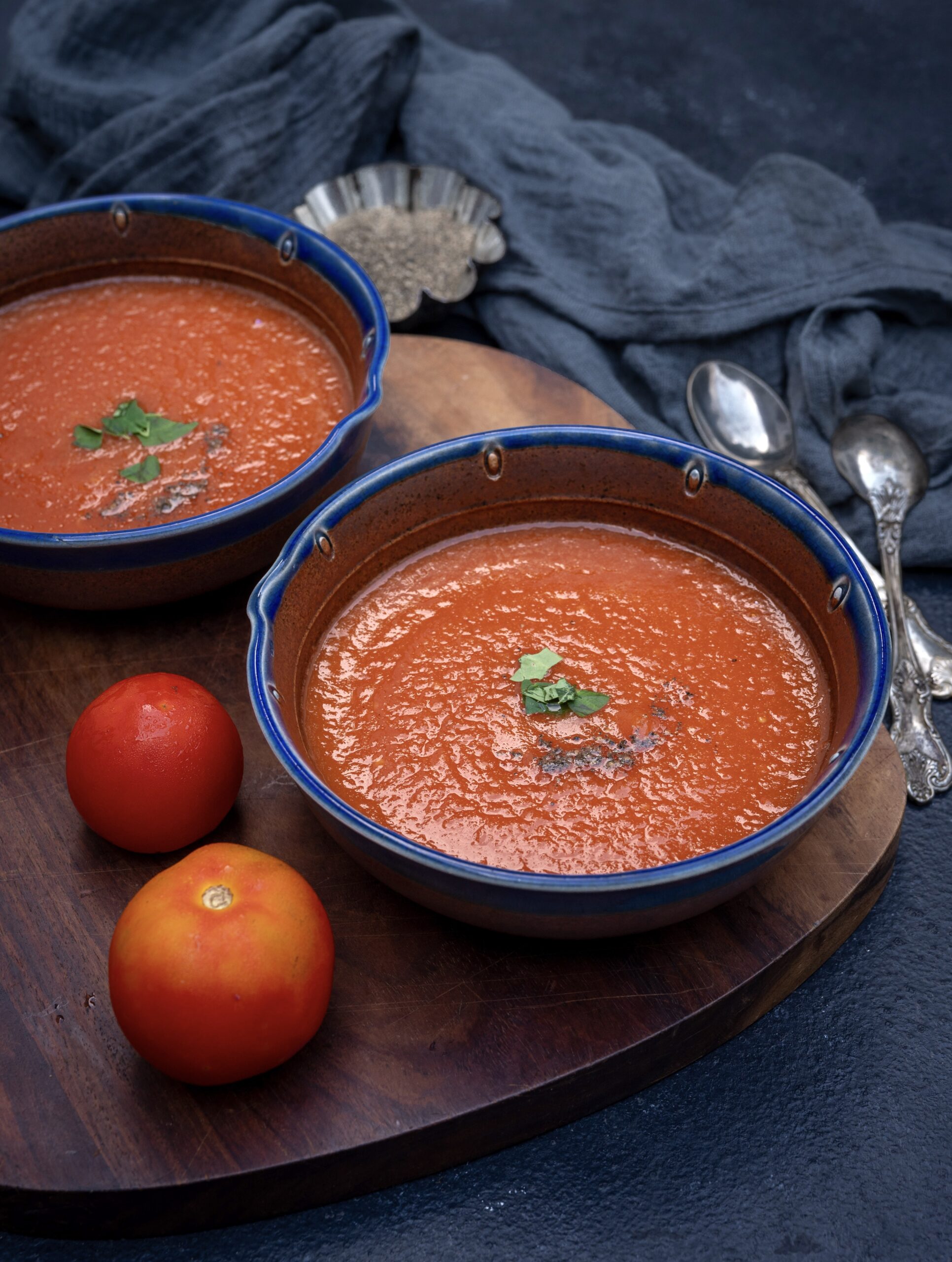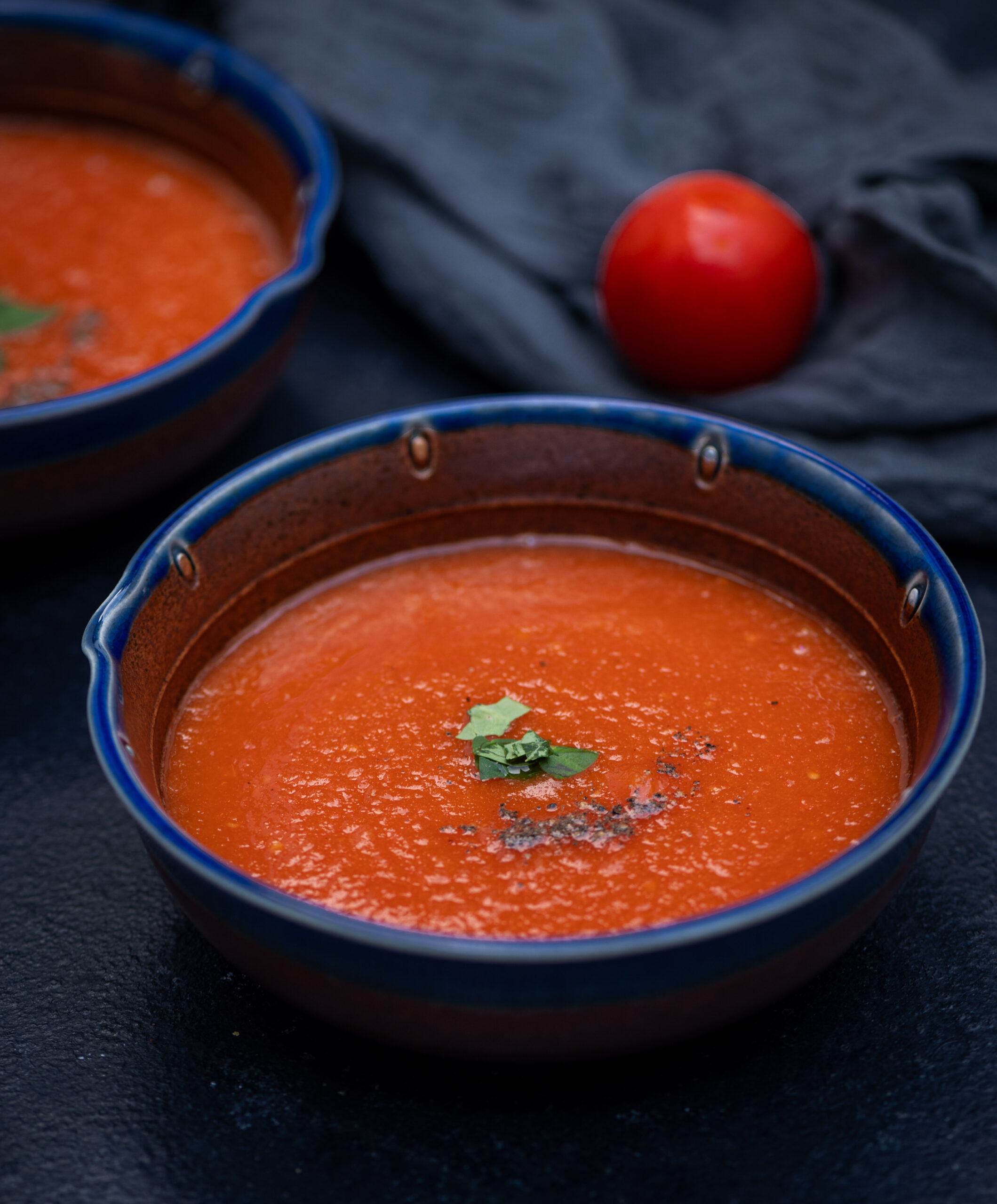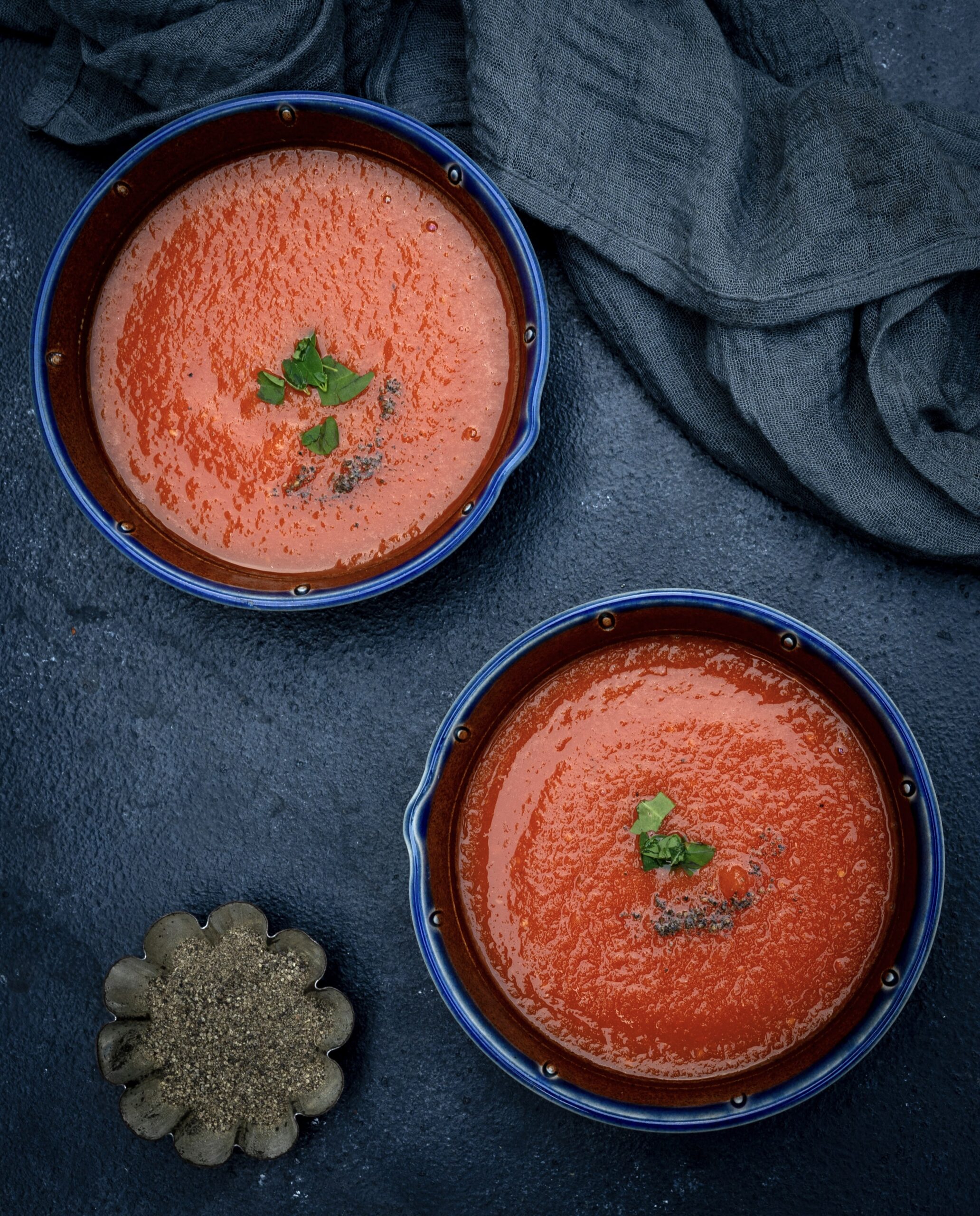In India, spinach is used in so many ways for so many types of dishes. There are hundreds of varieties of spinach that are grown here, and each is grown and therefore used during a particular season, and usually cooked in a certain way depending on the household or region. I have shared many recipes that use different kinds of spinach here on this blog in the past – from moringa (murungakeerai) in an omelette to amaranthus (araikeerai) in a savoury vadai and palak (Spinacia oleracea, what is known simply as “spinach” in the West) in a corn bake. This is a dal that utilises common purslane, or paruppu keerai, which is abundant in summers. This green grows at this time according to Nature’s wonderful logic: its thick leaves hold water and provide added hydration for us who consume it now.
Purslane is a kind of weed that has a range of health benefits, including reducing the risk of cardiac and digestive ailments. It is rich in antioxidants and minerals. Coupled with lentils, which are great for protein, this spinach dal becomes a nutritious dish that can be paired with rice or rotis. The Tamil word for this green, paruppu keerai, literally translates to “dal-spinach”, as that is its primary form of preparation.
I would call it my good fortune to be a Gujarati who was born and brought up in Tamil Nadu, so I am able to understand the cuisines of both states. This is a typically South Indian recipe, and I enjoy it alongside my Gujarati-style vegetables, some rice and a dollop of ghee. This combination is a standard on my plate. I realise that my particular upbringing is what brings these eclectic dishes together, and I think about how that’s one of the things that is beautiful about India. Just like all kinds of distinct cuisines can appear within a single thali and complement each other, so too can we as diverse humans enjoy being together.
Speaking of being together and enjoyment, we just had a huge celebration in the family. As with any such occasion, we ended up eating so much rich food, and of course, lots of sugar. The time has come for us to eat light and healthy, to detox our bodies. Spinach features at home a lot right now, and it was only natural for me to want to share with you this particular dish that I’m making frequently. My daughter is here for a few days, post-celebrations, and eager to learn more recipes, and I’m teaching her this one on this visit too.
I went through a phase once when I wanted to have greens every single day. My understanding is that when a person has a craving like that, the body either has a deficiency or is heading for one. At that time, I heeded that craving without guilt, especially as greens are always good for us. Imagine if all our cravings were only for the most nourishing ingredients!
Nowadays, some kind of spinach appears on my table at least thrice a week, in one form or another. As I said earlier, there are varieties available year-round and interesting recipes from different parts of India to keep trying out. I’m thinking about the assortment that I know, and the new ones I want to learn, and also marvelling at how innovative it is that there is even a spinach pickle (using sorrel leaves or gongura, which are very popular in Andhra Pradesh and Telangana).
Right now, of course, it’s purslane that is popular in my own home, so to return to this spinach dal: the fragrance of this dish somehow always reminds me of being in the kitchen as a child when it was being cooked by my mother. I am not sure why, but I associate this dish with South India to the extent that even when I cook it myself in Ahmedabad or somewhere else, it just seems different. Despite that, I do enjoy it anywhere. It always brings me back to a sense of home, and when cooking and eating it while away, I can’t help but think, “Gujarat in the air, but South India in my thali.”
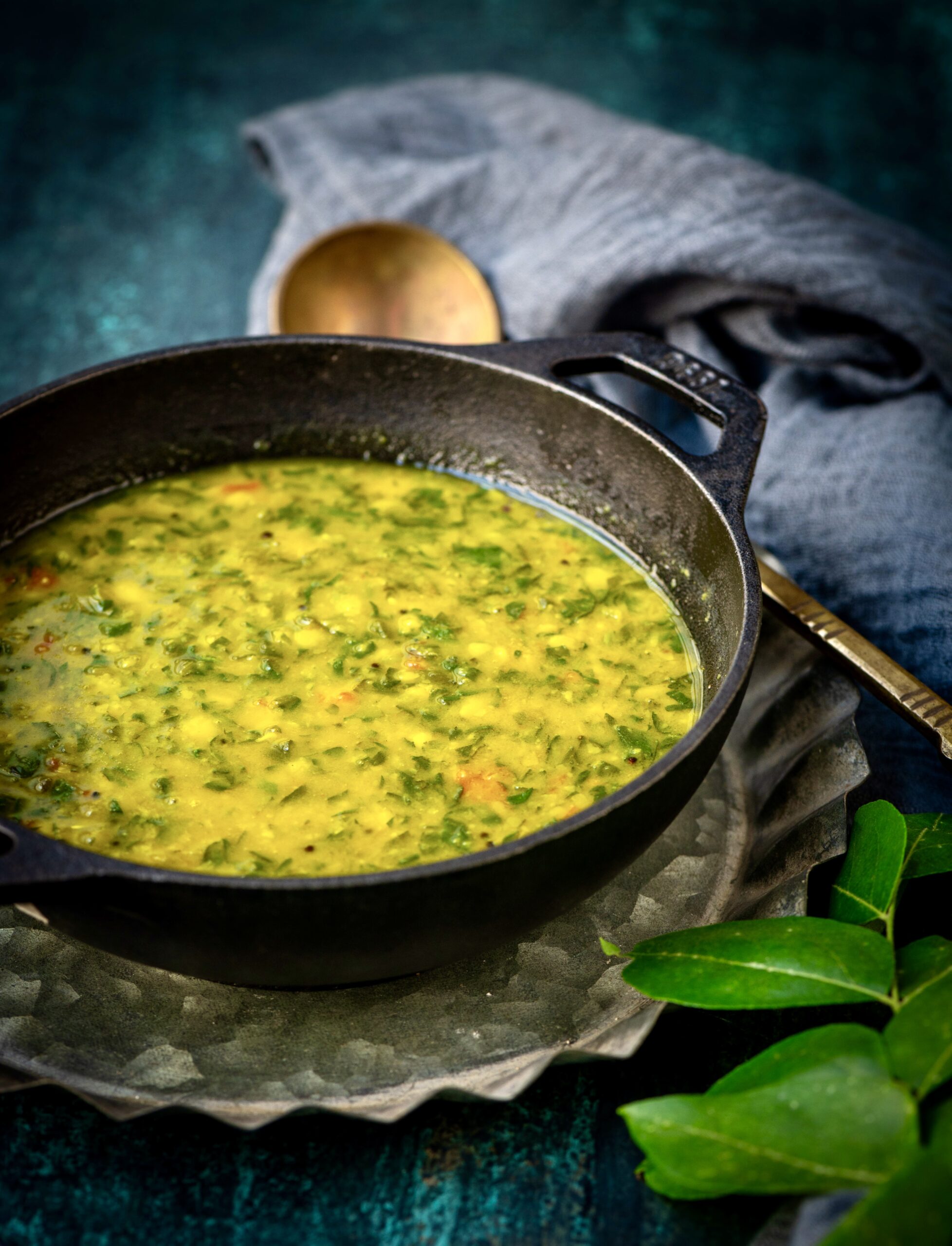
Spinach Dal
(Yield: Serves 4)
½ cup toor dal (pigeon pea)
Water to pressure cook
2 cups spinach leaves
2-3 tablespoons finely chopped onion
1 tablespoon finely chopped tomato
2 cloves garlic
1 tablespoon sesame oil
1 teaspoon mustard seeds
Salt to taste
½ teaspoon turmeric
1 green chili
Rinse the dal, then pressure cook with the required quantity of water. Set aside.
Heat a pan and add the oil. Now, add the mustard seeds and let them splutter.
Next, add the onion, garlic, tomato, salt and turmeric. Sauté for a few minutes on a medium flame and immediately after, add the green chili.
Finally, add the spinach and sauté again.
Once the spinach becomes tender, add the dal and allow it to boil for a few minutes until the flavours come together.
Your purslane dal is now perfect, and ready to be served hot alongside rice or roti. It will give you a great boost of nutrients. Perhaps it will even become one of your own most craved comfort dishes!
